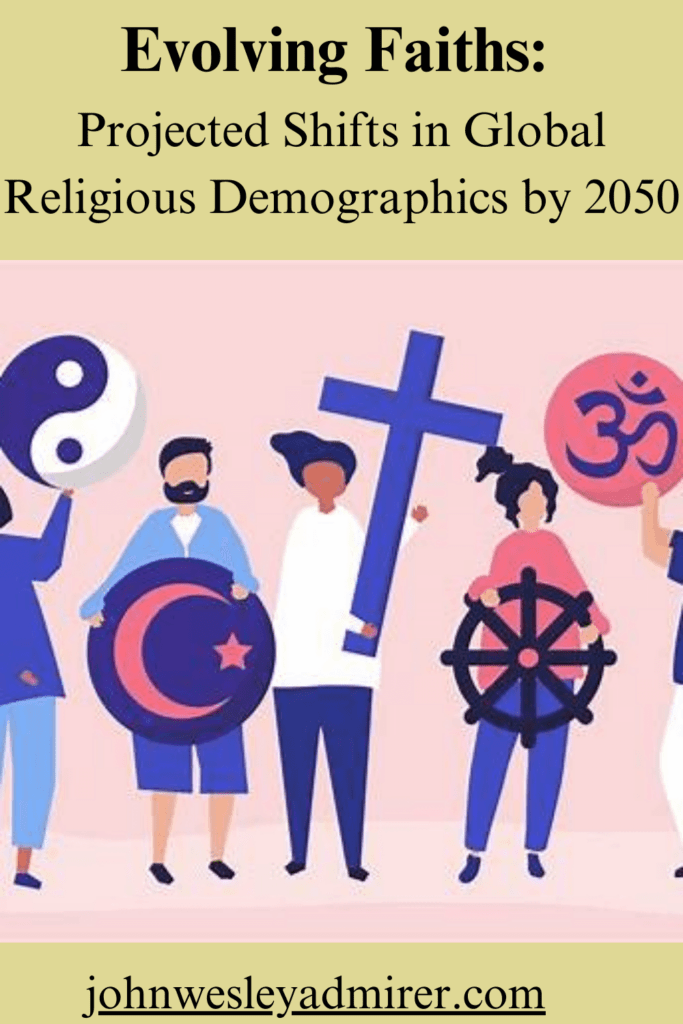Joella Carman and Brad Scriber’s recent article in the National Geographic magazine,
“How will religious populations change in the coming decades? Demographics where you live could be much different from the rest of the world,”
delved into the projected shifts in global religious affiliations. Contrary to the common belief that secularism is on the rise, their analysis indicates that religious adherence remains robust and is expected to grow in certain regions.
According to this article, as of 2025, approximately 80% of the global population identifies with a religious group. This trend is anticipated to continue, particularly in areas with higher fertility rates such as Sub-Saharan Africa and parts of Asia.
As stated in this article Christianity currently stands as the world’s largest religion, and by mid-century, the number of Muslims is projected to nearly equal the number of Christians, reflecting significant growth in both communities. Hinduism and Judaism are also expected to see increases in their adherent bases, while Buddhism’s numbers may remain relatively stable.
In traditionally secular regions like Europe, nuanced shifts are occurring. Immigration has introduced greater religious diversity, contributing to the growth of various faith communities. Simultaneously, there is evidence of a renewed interest in spirituality among younger generations, potentially indicating a cultural re-engagement with religious concepts.
These developments prompt critical reflection on the future interplay between religion and society. Will the resurgence of religious affiliation influence global cultural and political dynamics?
How might societies balance secular and religious worldviews in increasingly pluralistic contexts?
As we navigate these questions, it becomes evident that the trajectory of global religiosity is complex and multifaceted, defying simplistic narratives of inevitable secularization.
As we contemplate these projected shifts in global religious demographics, it’s essential to consider their potential impact on cultural and societal dynamics.
How will these changes influence our communities and personal beliefs?
Engaging with these questions can foster a deeper understanding of our evolving world.
Disclaimer
The information provided in this blog post is intended for general informational purposes only and reflects the author’s understanding as of February 22, 2025. While every effort has been made to ensure the accuracy and reliability of the content, the author makes no representations or warranties regarding the completeness, accuracy, or applicability of the information presented. Readers are encouraged to consult authoritative sources and experts for specific advice or information related to their individual circumstances.
The views expressed in this blog post are solely those of the author and do not necessarily reflect the opinions or positions of any affiliated organizations or entities.
By reading this blog post, you acknowledge and agree that the author shall not be held liable for any errors, omissions, or actions taken based on the information provided herein.

